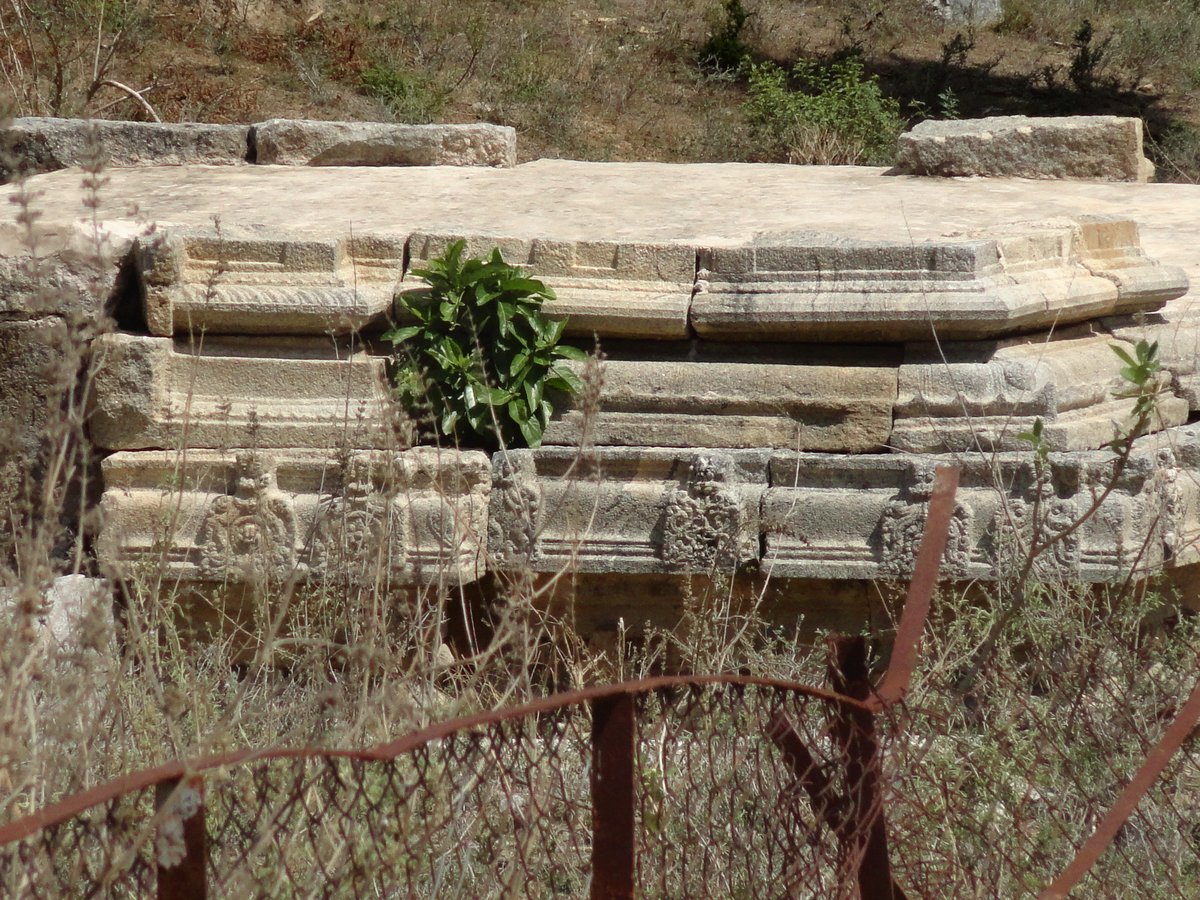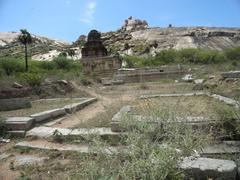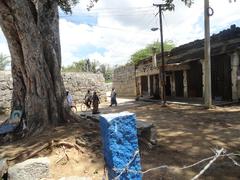
Comprehensive Guide to Visiting Chandragiri Fort, Tirupati, India
Date: 18/07/2024
Introduction
Chandragiri Fort, located in the Chittoor district of Andhra Pradesh, India, is a historical and architectural marvel that dates back to the 11th century. Initially built by the Yadava rulers, the fort gained prominence under the Vijayanagara Empire in the 14th century. The strategic hilltop location provided a significant military and administrative center for the empire, particularly under Saluva Narasimha Deva Raya. The architectural brilliance of the fort, characterized by the Raja Mahal and Rani Mahal, showcases the grandeur of the Vijayanagara style, blending Hindu and Islamic architectural elements (source). Over the centuries, Chandragiri Fort played a crucial role in the region’s political and cultural landscape, reflecting the historical advancements and cultural amalgamation of South India. Today, the fort stands as a testament to the Vijayanagara Empire’s architectural and cultural achievements, drawing history enthusiasts and tourists alike (source).
Table of Contents
- Introduction
- History of Chandragiri Fort
- Visitor Information
- FAQs
- Conclusion
- Visuals and Media
- Internal and External Links
- Call to Action
- References
History of Chandragiri Fort
Early History and Establishment
Chandragiri Fort was initially built by the Yadava rulers and later came under the control of the Vijayanagara Empire in the 14th century. Its strategic hilltop location provided a vantage point for monitoring the surrounding areas, making it a significant military and administrative center.
Vijayanagara Empire Era
The fort gained prominence during the reign of the Vijayanagara Empire, particularly under Saluva Narasimha Deva Raya. In 1460, the fort became a secondary capital for the empire, especially during the reign of the Aravidu dynasty. The architecture from this period reflects the grandeur of the Vijayanagara style, characterized by massive stone walls, intricate carvings, and well-planned layouts.
Architectural Significance
Chandragiri Fort is renowned for its architectural brilliance, including the Raja Mahal and Rani Mahal. The Raja Mahal, or King’s Palace, is a three-storied structure built using stone, brick, lime mortar, and devoid of timber. The palace features a Durbar Hall and several chambers adorned with intricate stucco work. The Rani Mahal, or Queen’s Palace, showcases similar architectural finesse.
The fort’s design incorporates elements of Indo-Saracenic architecture, blending Hindu and Islamic styles. The use of arches, domes, and minarets alongside traditional Hindu motifs is a testament to the cultural amalgamation during the Vijayanagara period. The fort also includes several temples, water bodies, and gardens, indicating an emphasis on both defense and aesthetics.
Decline and Later History
The decline of the Vijayanagara Empire began after the Battle of Talikota in 1565. Despite this, Chandragiri Fort continued to hold importance under the Aravidu dynasty until the early 17th century. In 1646, the fort was annexed by the Sultanate of Golconda, later coming under the control of the Kingdom of Mysore and subsequently the British East India Company. During British rule, the fort lost its strategic importance and fell into neglect.
Restoration and Preservation
In recent years, efforts by the Archaeological Survey of India (ASI) have focused on restoring and preserving Chandragiri Fort. The fort is now a protected monument and a popular tourist destination, attracting visitors interested in its rich history and architectural splendor.
Cultural and Historical Impact
Chandragiri Fort holds a significant place in the cultural and historical landscape of South India. It serves as a reminder of the Vijayanagara Empire’s glory and the architectural advancements of the period. The fort’s history is intertwined with the region’s political and cultural developments, making it an essential site for understanding the historical context of South India.
The fort also plays a role in local folklore and traditions, often associated with tales of valor, romance, and intrigue. Annual festivals and cultural events held at the fort further highlight its importance in the local community.
Visitor Information
Visiting Hours and Ticket Information
Chandragiri Fort is open to visitors from 9:00 AM to 5:00 PM daily. The ticket prices are as follows:
- Adults: INR 20
- Children (5-12 years): INR 10
- Foreigners: INR 100
Travel Tips
- Best time to visit: October to March, when the weather is pleasant.
- Wear comfortable shoes: There is a lot of walking involved.
- Carry water and snacks: Though there are small eateries nearby.
- Photography: Allowed, but drone usage requires special permission.
Nearby Attractions
- Tirupati Balaji Temple: One of the most famous temples in India, located about 15 km from the fort.
- Sri Kalahasti Temple: Known for its Vayu Linga, located around 35 km away.
- Talakona Waterfalls: A scenic spot located about 50 km from Chandragiri Fort.
Accessibility
Chandragiri Fort is accessible by road from Tirupati, which is well-connected by rail and air. There are local buses and taxis available from Tirupati to Chandragiri. The fort has basic facilities for differently-abled visitors, but some areas may be challenging to navigate due to the terrain.
FAQs
Q: What are the Chandragiri Fort visiting hours? A: The fort is open daily from 9:00 AM to 5:00 PM.
Q: How much are the Chandragiri Fort tickets? A: Tickets cost INR 20 for adults, INR 10 for children (5-12 years), and INR 100 for foreigners.
Q: Are there guided tours available? A: Yes, guided tours are available and recommended for a comprehensive understanding of the fort’s history.
Q: Can I take photographs inside the fort? A: Yes, photography is allowed, but drone usage requires special permission.
Conclusion
Chandragiri Fort encapsulates the rich cultural and historical heritage of South India, serving as a monumental reminder of the Vijayanagara Empire’s glory. From its strategic significance during its early days to its architectural brilliance that blends Indo-Saracenic elements, the fort offers a unique glimpse into the past. Despite periods of decline and neglect, ongoing restoration efforts by the Archaeological Survey of India have preserved this historical gem, ensuring that it remains an essential landmark for future generations (source). Visitors to Chandragiri Fort can immerse themselves in its rich history, explore its architectural splendor, and enjoy the scenic surroundings, making it a must-visit destination for anyone interested in India’s historical and cultural heritage (source).
Visuals and Media
Internal and External Links
Call to Action
For more travel tips and updates, follow us on social media or download our mobile app. Happy travels!


